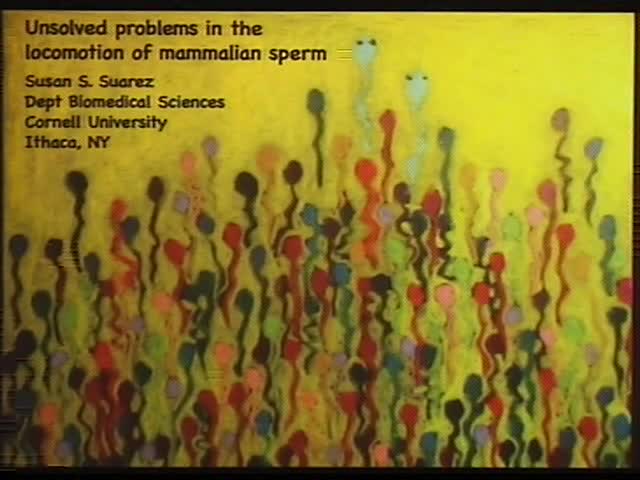Abstract
In order to develop better methods for diagnosis and treatment
of infertility, as well as safer contraceptives, more must be
learned about how mammalian sperm move through the female
reproductive tract. Crucial phases of mammalian sperm transport
include passage through the cervix and uterotubal junction,
storage of sperm in the oviductal storage reservoir, release
from the reservoir, and location of the egg. There is some
evidence for the existence of special passageways for sperm in
the cervix, but this needs to be demonstrated and the mechanism
of guiding sperm through the cervix needs to be elucidated.
Passage of sperm through the uterotubal junction requires sperm
to have certain proteins, but how these proteins function is
not known. There is evidence that sperm must undergo motility
hyperactivation in order to be released from the oviductal
storage reservoir; however, the process is not understood.
Finally, it is not clear whether there are chemotactic agents
that emanate from the vicinity of the egg to modulate sperm
flagellar beating patterns in order to guide them toward the
egg. There are three main areas in which bioengineers can
provide crucial help for elucidating these mysteries: (1) by
developing a method for measuring and comparing sperm flagellar
bending patterns, (2) by improving optical equipment for
viewing the movement of sperm within the female reproductive
tract, and (3) by developing chambers that mimic the physical
environment of the tract so that molecular mechanisms that
regulate sperm movement can be elucidated. USDA CSREES NRICGP
2008-35203-19031 and NIH 1RO3HD062471-01.
